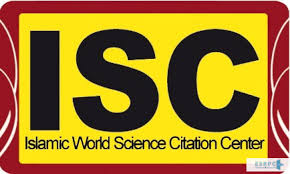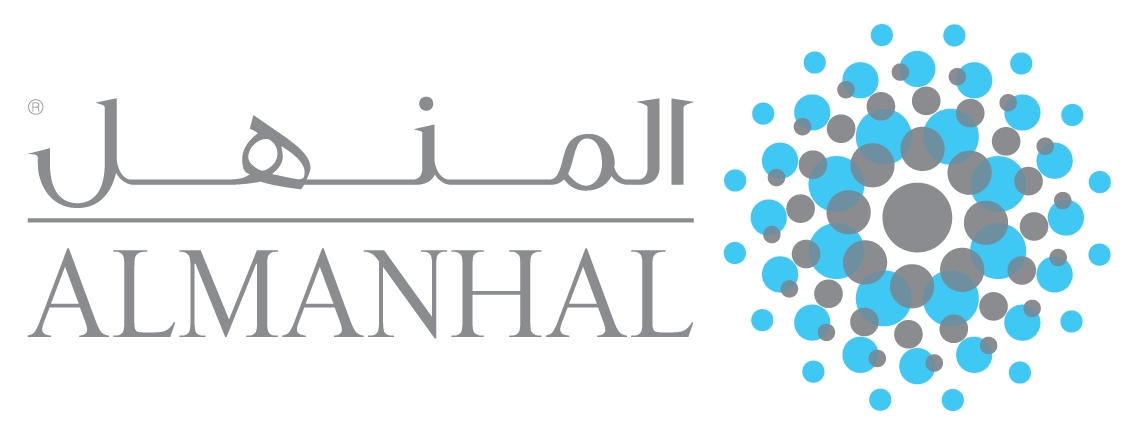A Critical Analysis of Poverty Alleviation Strategies of Al-Hayat Relief Foundation in Nigeria
DOI:
https://doi.org/10.31436/jif.v3i2.48Abstract
Poverty is a global phenomenon that is dynamic, complex and multi-dimensional. It remains a major factor in human history. In recent years, however, international consensus has tended to focus development goals on poverty alleviation. Three actors, therefore, have been identified in the existing literature as agents for poverty reduction, the bilateral or multilateral corporations, the governments and the non-governmental organisations (NGOs). However, studies have shown that the roles of the third group are remarkable in the poverty alleviation agenda the world over. The non-governmental organisations are capable of introducing participatory development opportunities for grassroots people or poor communities. Using observational technique, interview and content analysis,this paper is aimed at presenting a critical analysis of poverty alleviation strategies of Al-Hayat Relief Foundation, with a view to establishing a framework for the Muslim communities in Nigeria in their quest for poverty reduction. The Foundation is one of the non-governmental organisations providing non-interest microfinance credit facilities for Muslims in Southwestern Nigeria.
Downloads
References
Adebayo, A.A. (1997). The roles of NGOs in poverty alleviation in Nigeria: A case study of farmers’ development union (FADU). In Poverty Alleviation in Nigeria. Ibadan: The Nigeria Economic Society.
Adepoju, R.I. (1998). A comparative analysis of capitalist theories and Islamic economic system as applicable to Nigeria.An Unpublished Master Thesis submitted to the Department of Arabic and Islamic Studies, University of Ibadan.
Ajaikaye, D.O. and Adeyeye, V.A (2001).Concepts, measurements and causes of poverty.Central Bank Economic and Financial Review, Vol. 39(4).
Al-Hayat Relief Foundation (2008a). Zakat Manual. Ijebu-Ode: National Business Committee.
Al-Hayat Relief Foundation (2008b).The constitution of al-Hayat relief foundation.Ijebu-Ode: National Business Committee.
Al-Tayib, Z.A. (1997). Zakat and poverty alleviation in the Muslim world.HamardIslamicus: Quarterly Journal of Studies and Research in Islam, Vol. 20(2), 65-82.
Atoyebi, T.A et al (2008). The attendant impacts of poverty on Nigerian rural women participation in politics: implications for sustainable democracy and good governance.Hurage: A Journal of Human Rights and Gender Education, Vol. 1(1), 274-290.
Azeez, A.O. and Salako, T.A. (2007). Practicability of Islamic economic theories to poverty alleviation: al-Hayat relief foundation as an example, In Folunsho, M.A. et al (Eds).Religion and Modernity. Osogbo: National Association for the Study of Religions and Education.
Bradshaw, T.K. (2005). Theories of poverty and anti-poverty programs in community development. California: University of California Press.
Egware, L. (1997). Poverty and poverty alleviation: Nigeria’s experience, In Poverty Alleviation in Nigeria. Ibadan: The Nigerian Economic Society.
Elumilade, D.O. et al (2006). Appraising the institutional frameworks for poverty alleviation in Nigeria,International Research Journal of Finance and Economics.Issue 3.
Fajingbesi, A. and Uga, E.O. (2003). Plans, programmes and poverty alleviation strategies in Nigeria, In Obadan, M.I. et al (Eds).Integrating Poverty Alleviation Strategies into Plans and Programmes in Nigeria. Ibadan: National Centre for Economic Management and Administration.
Food and AgricultureOrganisation of United Nations (2012).Poverty in Europe.Retrieved from http://www.fao.org/docs/eims/upload/263500/Poverty%20in%20Europe1.pdf on 29th of August, 2014.
Ilori, B. (2003). Assessment of poverty alleviation in Nigeria, In Obadan M.I. et al (Eds).Integrating Poverty Alleviation Strategies into Plans and Programmes in Nigeria. Ibadan: National Centre for Economic Management and Administration.
Maidugu, A. (2001). The Malthusian population trap and poverty in Third World Countries: An Islamic synthesis,Al-Ijtihad: The Journal of the Islamization of Knowledge Contemporary Issue,Vol. 2(2), 17-42.
McKinley, T. (2004).Economic policies for growth and poverty reduction: PRSPs, neoliberal conditionalities and ‘post consensus’ alternatives. Paper Presented at the IEDAs Inetrnational Conference, Delhi. Retrieved from http://www.networkideas.org/feathm/feb2004/terry_mckinley_paper.pdf on 29th of August, 2014.
Obadan, M.I. (1997). Analytical framework for poverty reduction: issues of growth versus other strategies, In Poverty Alleviation in Nigeria. Ibadan: The Nigerian Economic Society.
Odusola, A.F. (1997). Poverty in Nigeria: An eclectic appraisal, In Poverty Alleviation in Nigeria. Ibadan: The Nigerian Economic Society.
Ogunnowo, C.O. and Adu, O.O. (2007).Harnessing human and investment resources for poverty eradication in contemporary rural communities in Nigeria, Journal of Arts and Social Sciences, Vol. 9, 75-83.
Patel, S. (2002).Takaful and poverty alleviation. Retrieved September 10, 2008 from http://www.icmif.org
Salahudeen, M.A. (2007). A reflection of the phenomenon of poverty in Nigeria and Islamic framework for reform, In Folunsho, M.A. et al (Eds).Religion and Modernity .Osogbo: National Association for the Study of Religions and Education.
Salako, T.A. (2009). Annual report of Al-hayat relief foundation.A Presidential Report Presented at the 2nd National Annual General Meeting of Al-hayat Relief Foundation held at OGD Auditorium, Tai Solarin University of Education, Ijagun, Ogun-State.
World Bank (2013).Annual Report 2013.Retrieved from http://siteresources.worldbank.org/EXTANNREP2013/Resources/9304887-1377201212378/9305896-1377544753431/1_AnnualReport2013_EN.pdf on 29th of August, 2014.












